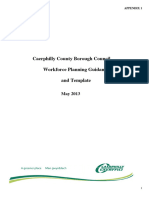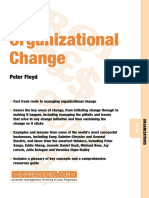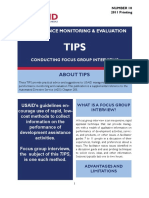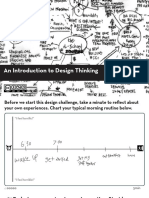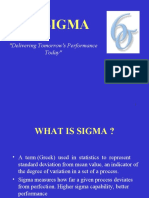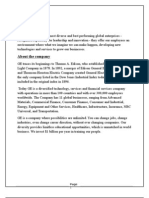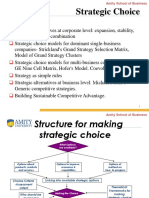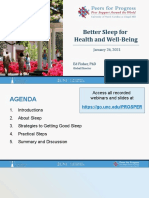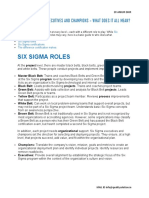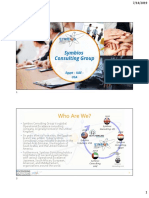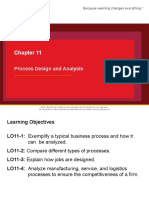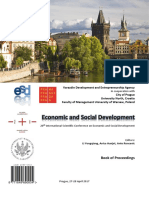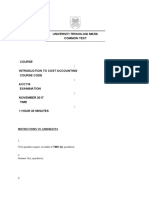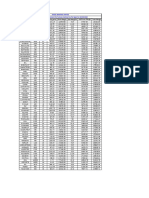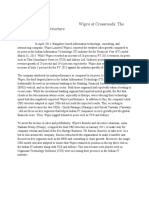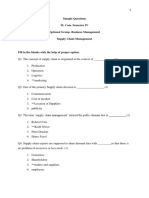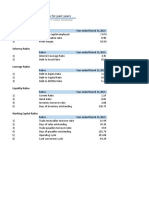0% found this document useful (0 votes)
80 views42 pagesWeek 4 (Process Management - Complete)
The document discusses process design in manufacturing and services. It defines processes and process design, provides examples of different types of production processes based on volume and variety, and shows symbols used in process mapping.
Uploaded by
AHSAN ANSARICopyright
© © All Rights Reserved
We take content rights seriously. If you suspect this is your content, claim it here.
Available Formats
Download as PDF, TXT or read online on Scribd
0% found this document useful (0 votes)
80 views42 pagesWeek 4 (Process Management - Complete)
The document discusses process design in manufacturing and services. It defines processes and process design, provides examples of different types of production processes based on volume and variety, and shows symbols used in process mapping.
Uploaded by
AHSAN ANSARICopyright
© © All Rights Reserved
We take content rights seriously. If you suspect this is your content, claim it here.
Available Formats
Download as PDF, TXT or read online on Scribd
/ 42




















